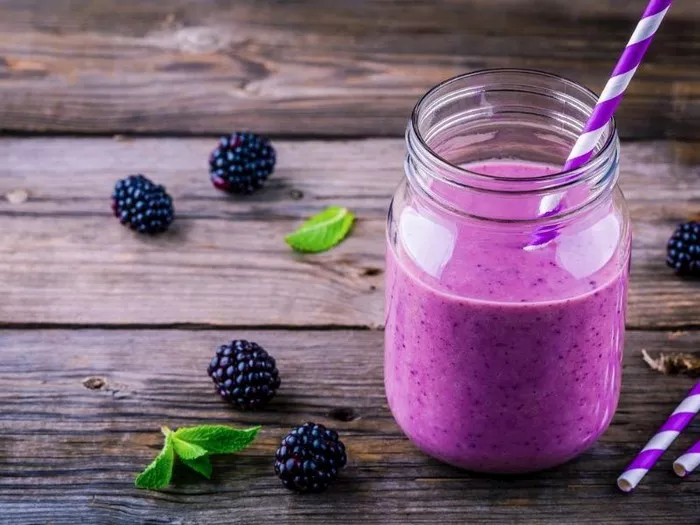Christmas dinner is a time-honored tradition celebrated in various ways around the world, often reflecting the unique cultural and historical backgrounds of different regions. One of the central elements of this festive meal is the choice of meat, which serves as the focal point around which families and friends gather. In this article, we will explore the traditional meats commonly served at Christmas dinners across different cultures, delving into the historical significance, preparation methods, and variations that make each one unique.
The Historical Significance of Christmas Meat
The tradition of serving specific meats during Christmas dates back centuries, often tied to agricultural practices, religious customs, and regional availability. The choice of meat for Christmas dinner is more than just a culinary preference; it carries deep cultural and historical meanings.
In medieval Europe, Christmas was a time of feasting and celebration, marking the end of the harvest season and the beginning of winter. The period leading up to Christmas, known as Advent, was often observed as a time of fasting and penance, particularly in the Christian tradition. The Christmas feast, therefore, represented a break from these austerities, a time to indulge in the best foods available.
Turkey: The Quintessential Christmas Meat
In many Western countries, particularly the United States and the United Kingdom, turkey has become synonymous with Christmas dinner. This tradition, however, is relatively recent compared to other historical customs.
Historical Roots
The turkey, native to North America, was introduced to Europe in the 16th century. Its popularity grew due to its large size, making it suitable for feeding large gatherings. By the 19th century, turkey had firmly established itself as the centerpiece of Christmas dinner in England, popularized by writers like Charles Dickens in his classic “A Christmas Carol.”
Preparation and Serving
The preparation of a Christmas turkey involves various steps to ensure it is succulent and flavorful. Traditionally, the bird is stuffed with a mixture of breadcrumbs, herbs, and sometimes fruit, which adds moisture and enhances the flavor. It is then roasted for several hours until the skin is golden brown and crisp.
In addition to stuffing, a Christmas turkey is often accompanied by a rich gravy made from the pan drippings, cranberry sauce, and a variety of side dishes such as roasted vegetables, mashed potatoes, and Brussels sprouts. This combination of flavors and textures creates a festive and hearty meal that has become a hallmark of Christmas celebrations in many households.
Ham: A Popular Alternative
While turkey is the go-to meat for many, ham is another traditional option that holds a special place in Christmas feasts, especially in the United States and parts of Europe.
Historical Roots
The tradition of serving ham at Christmas has roots in pre-Christian winter solstice celebrations. In Scandinavian and Germanic cultures, the Yule ham was a symbol of fertility and prosperity, offered to the gods during the Yuletide celebrations. With the advent of Christianity, this practice was integrated into Christmas traditions.
Preparation and Serving
Christmas ham is typically cured and sometimes smoked, imparting a rich, savory flavor. It is often glazed with a mixture of honey, mustard, brown sugar, and spices, then baked until caramelized and fragrant. The ham is usually served sliced, accompanied by side dishes such as scalloped potatoes, green beans, and various types of bread.
Ham’s versatility and ease of preparation make it a popular choice for Christmas dinner. It can be served hot or cold, and leftovers are often used in sandwiches or other dishes, extending the enjoyment of the festive meal.
Roast Beef: A Hearty Tradition
In many parts of the United Kingdom, particularly in England, roast beef is a traditional choice for Christmas dinner. This custom dates back to the early 19th century when beef was more readily available and affordable than other meats.
Historical Roots
The tradition of serving roast beef at Christmas can be traced to English culture, where it was considered a symbol of strength and prosperity. The famous Christmas carol “The Boar’s Head Carol” references the old custom of serving a boar’s head at Christmas feasts, which was eventually replaced by roast beef as the main course.
SEE ALSO: What to Make with Ham for Christmas Dinner
Preparation and Serving
Roast beef for Christmas dinner is typically prepared by seasoning a prime rib or other cut of beef with herbs, garlic, and mustard, then roasting it to the desired level of doneness. It is often served with Yorkshire pudding, a savory baked pudding made from batter, and gravy made from the beef drippings.
Side dishes for roast beef Christmas dinners often include roasted potatoes, carrots, and parsnips, along with Brussels sprouts and horseradish sauce. This combination creates a robust and flavorful meal that is both traditional and satisfying.
Other Traditional Meats Around the World
While turkey, ham, and roast beef are popular choices in many Western countries, other cultures have their own traditional meats for Christmas dinner, each with unique flavors and preparation methods.
Goose
In Germany, Austria, and parts of Eastern Europe, roast goose is a traditional Christmas dish. The tradition dates back to the Middle Ages when goose was considered a symbol of good fortune. The bird is often stuffed with fruits and spices, then roasted until the skin is crispy and the meat is tender.
Duck
In France, particularly in the Alsace region, roast duck is a popular choice for Christmas dinner. The duck is usually prepared with a fruit-based stuffing, such as apples or prunes, and served with rich sauces and side dishes like red cabbage and potatoes.
Seafood
In Italy, particularly in coastal regions, seafood plays a significant role in Christmas Eve dinners, known as “La Vigilia” or “The Feast of the Seven Fishes.” This tradition includes a variety of fish and seafood dishes, such as baccalà (salted cod), calamari, and shrimp, symbolizing the observance of abstaining from meat on Christmas Eve.
Lamb
In Greece and other Mediterranean countries, lamb is a traditional choice for Christmas dinner. The lamb is often marinated with herbs, garlic, and lemon, then roasted or grilled. It is typically served with side dishes like roasted potatoes, vegetables, and tzatziki sauce.
Pork
In some Latin American countries, such as Puerto Rico and the Dominican Republic, roast pork, known as “lechón,” is a traditional Christmas dish. The whole pig is marinated with a mixture of garlic, citrus, and spices, then slow-roasted over an open flame, resulting in tender, flavorful meat with crispy skin.
Conclusion
The choice of meat for Christmas dinner is deeply rooted in cultural traditions, historical significance, and regional availability. Whether it’s the familiar turkey and ham of Western celebrations, the roast beef of English tradition, or the diverse offerings of goose, duck, seafood, lamb, and pork from around the world, each choice reflects the unique heritage and customs of the communities that celebrate this festive season.
By understanding the history and preparation of these traditional meats, we can appreciate the rich tapestry of flavors and practices that make Christmas dinner a special and memorable event. As families and friends gather around the table, they not only share a meal but also partake in a centuries-old tradition that continues to bring joy and togetherness during the holiday season.
Related Topics:

























